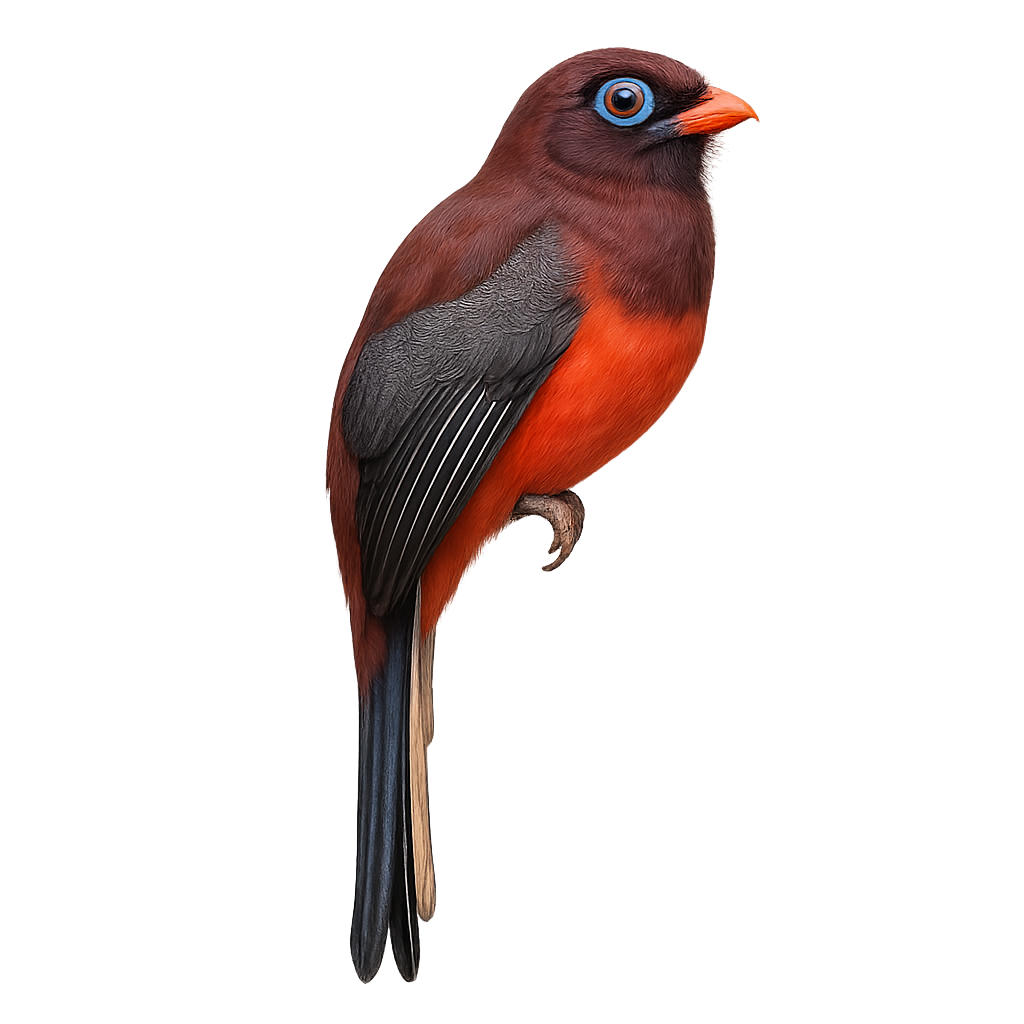Your wildlife photography guide.
Explore the ward's trogon in detail, study its behavior, prepare your shots.
Where to observe and photograph the ward's trogon in the wild
Learn where and when to spot the ward's trogon in the wild, how to identify the species based on distinctive features, and what natural environments it inhabits. The WildlifePhotographer app offers tailored photography tips that reflect the ward's trogon’s behavior, helping you capture better wildlife images. Explore the full species profile for key information including description, habitat, active periods, and approach techniques.
Ward's Trogon
Scientific name: Harpactes wardi

IUCN Status: Near Threatened
Family: TROGONIDAE
Group: Birds
Sensitivity to human approach: Suspicious
Minimum approach distance: 10 m
Courtship display: April to June
Incubation: 17-19 jours
Hatchings: May to July
Habitat:
Dense forests, humid forests, montane forests
Activity period :
Primarily active during the day, with peak activity in the morning and late afternoon.
Identification and description:
The Ward's Trogon, or Harpactes wardi, is a captivating bird primarily found in the dense forests of the eastern Himalayas. It is recognizable by its striking plumage, with shades of pink and red on the belly contrasting with an olive-green back. Males and females exhibit different colorations, with males having more vibrant hues. This bird is often seen alone or in pairs, feeding mainly on insects and fruits. Its presence is an indicator of forest health, as it prefers undisturbed habitats. Although discreet, its melodious song can be heard through the trees, especially during the breeding season.
Recommended lens:
400mm – adjust based on distance, desired framing (portrait or habitat), and approach conditions.
Photography tips:
To photograph the Ward's Trogon, it is advisable to use a 400mm or longer telephoto lens to capture sharp images without disturbing the bird. Look for it in dense forests where it feeds. Be patient and discreet, as this bird is suspicious. Listen for its song to locate it more easily. Morning or afternoon light is ideal to highlight the vibrant colors of its plumage.
The WildlifePhotographer App is coming soon!
Be the first to explore the best nature spots, track rutting seasons, log your observations, and observe more wildlife.
Already 1 431 wildlife lovers subscribed worldwide

